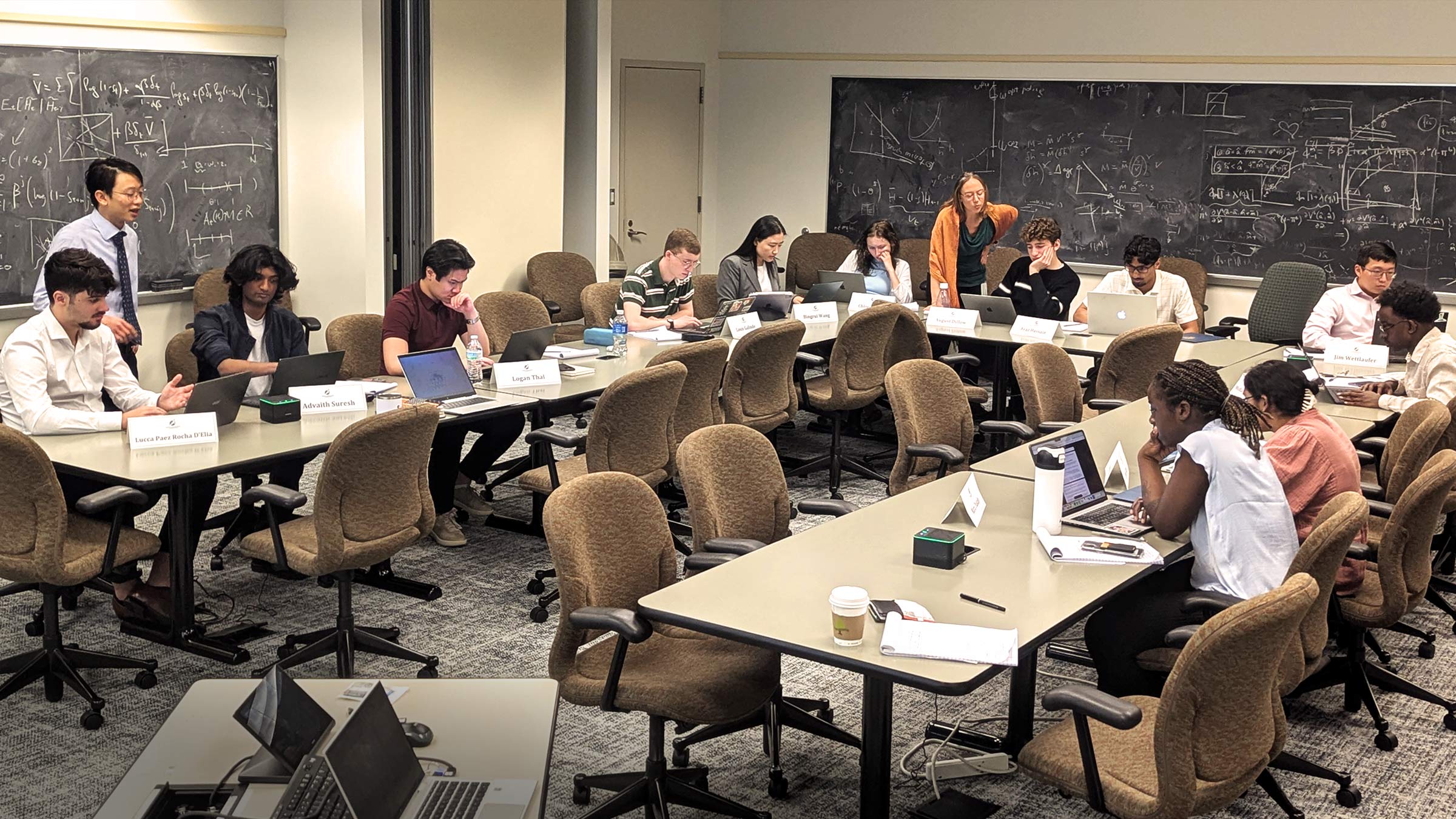
Conventional wisdom holds that redistributing a society’s resources to the poor entails a cost—the size of the economic pie will generally shrink if policies reallocate its slices. Part of this loss is thought to be due to poor incentives (disability insurance and income taxes might discourage work) and another bit to administrative costs for tax and transfer programs. This led Arthur Okun, chair of the Council of Economic Advisers under President Lyndon Johnson, to refer to redistribution programs as “leaky buckets.” There is—so the wisdom goes—an inevitable trade-off between equity and efficiency.
But in the arena of college financial aid, this dogma is wrong, according to a recent study. Providing assistance to those who need it most will boost the national economy, not drain it. And need-based aid for college helps achieve the separate social goal of greater equity. “A cost-effective targeting of financial aid goes hand in hand with goals of social mobility and redistribution,” write the study’s authors.
Remarkably, their research shows that even if redistributive goals were not a consideration, targeting aid to lower-income families would be more efficient than providing aid to families of all income levels: Need-based aid is economically optimal.
Published in September by the Federal Reserve Bank of Minneapolis’ Opportunity & Inclusive Growth Institute, “Optimal Need-Based Financial Aid,” by Institute scholars Mark Colas and Sebastian Findeisen, with Dominik Sachs of LMU Munich, is a theoretical and empirical analysis of financial aid that points out the importance of measuring policy costs over a long time horizon.
In the short term, the fiscal costs of financial aid that targets low-income families can be high. In fiscal year 2016-17, the United States spent nearly $35 billion on Pell grants, the nation’s largest need-based program. But because college-educated workers have far higher lifetime earnings than those with high school degrees or less, they also pay much more in income taxes after graduating, dramatically lowering the net cost of financial aid. In Congress, calculating net costs this way is called dynamic scoring—determining program costs over time, beyond the initial bill. And in the case of need-based financial aid, the economists observe, “Considering dynamic scoring aspects is crucial to assessing [their] desirability.”
Building the case
The economists begin with the simplest of theoretical models: a single time period, no risk factors, no consideration of drop-out rates or working during college. Their focus is purely on two dimensions: parental transfers and economic returns to college. They show mathematically that the economic optimum is achieved when financial aid is strictly directed to students from low-income households. For them, financial aid is the key to attending college; without it, higher education is not an option.
The main result of this benchmark case is illustrated in the figure displaying optimal financial aid by parental income. Students from low-income families should receive far higher grants than those whose parents earn high incomes. For students whose parents have annual incomes below $80,000, the optimal policy would offer higher levels of aid than provided by existing policy.
The crucial factor: Many students from higher-income families will attend college even if they don’t receive aid—they have sufficient means—so aid directed to them is “wasted” and would be better spent on prospective students who otherwise would not attend. To achieve economic efficiency, then, the aid policy must target “marginal” students—on the edge of attending, but financially unable.
The next step is to render the simple model less theoretical and more “real world.” Include the fact that some students drop out, work during college, are motivated by nonmonetary returns from college, and receive money from parents. The fundamental finding still holds: The most efficient policy is to target students from low-income families.
Another bit of reality? Research shows that students from higher-income families tend to earn more after college. They therefore will generate more in tax revenue, lowering the net cost of any aid they receive. This correlation is strong, but the economists find that it’s not nearly as strong as the fact that many more students at higher parental income levels are “inframarginal”—will attend college even if they don’t get financial aid. So, again, money is best directed toward those for whom aid will make the difference between entering college or not.
The model’s realism is tested against several key data findings and performs well. It’s consistent with estimates of the responsiveness (elasticity) of college attendance and graduation rates to expansions of financial aid programs, with data on how parental income changes affect graduation rates, and with facts about financial returns to college. They also check the model’s robustness to various considerations, such as the possibility that the college wage premium might decline as more students go to college. The fundamental implications of the model are unchanged.
Progressive aid policy
The model is then used to generate quantitative estimates of the most efficient use of financial aid dollars: How can the government get the most college attendance at the lowest net cost, considering not only initial financial aid expenditures but also tax revenues generated by highly educated, high-earning college grads?
In their best model, the economists find that purely from an efficiency perspective, the optimal policy is to devote nearly 70 percent more aid to students whose parents are from the bottom 10th percentile of income than to those whose parents are in the top 10th. Furthermore, they estimate, any increases in financial aid targeted at students below the 45th percentile of parental income would be self-financing in terms of future tax revenue.
“Both results point out that financial aid policies for students are a rare case in which there is no equity-efficiency trade-off,” write the economists. “Education policies which lead to a cost-effective distribution of financial aid are also in line with redistributive concerns and social mobility.”





